Stream Restoration
Byram Township
Sussex County
New Jersey
PROJECT DESCRIPTION:
This restoration project consisted of the restoration and habitat enhancement of 4,595 linear feet of a private stream that runs through Hudson Farm Club property, located in Byram Township, Sussex County, New Jersey. Enhancement was designed at 67 sites with the intention of creating new trout habitat (pools, riffles or runs) and enhancing existing habitat conditions. The design was to excavate and/or deepen 45 pools and runs, to provide fish with optimal feeding, holding and spawning habitat. Upstream of the pools, riffles will be enhanced to improve scour, sediment transport, spawning habitat and increase interstitial spaces to provide additional invertebrate habitat. Between pools (6 sites), the thalweg will be enhanced by reorganizing the stream-bed material that will concentrate the flow during low water periods, producing improved invertebrate habitat and reduced water temperatures. In addition, existing boulder structures within the stream channel will be dismantled and boulders will be relocated to improve adjacent fish habitat and sediment transport.
Water Quality
In order to adequately manage any body of water it is first necessary to analyze the water quality to ensure it can sustainably raise fish. One of the biggest variables effecting water quality is dissolved oxygen. Different species of fish can survive at different dissolved oxygen levels. It is widely accepted that higher oxygen levels are preferred for both fish and the water in which they live. Higher oxygen levels promote healthier fish and decreases disease. Higher dissolved oxygen levels encourages the growth of micro and macro invertebrates within the ecosystem which are vital food for fish. Low dissolved oxygen levels makes fish sluggish and less likely to ward off injury and disease.
Water temperature influences dissolved oxygen levels. The higher the water temperature the less dissolved oxygen it can hold. Conversely, the lower the water temp the more dissolved oxygen the water can hold. Dissolved oxygen levels along our stream vary greatly throughout the year as it passes through the property. Water temperatures increase as the air temperatures increase throughout the year but remain consistent throughout the stream. Dissolved oxygen levels are consistently low at the headwaters of the stream as it enters our property, averaging 2ppm during most of the year. Dissolved oxygen levels increase as you travel downstream throughout the restoration area. Dissolved oxygen levels are lowest during the warmer summer months and increase as water temperatures decrease.
Aerators
Aerators are devises that force air into the water via diffusers that create air bubbles or by churning up water. This action of mixing air and water increases dissolved oxygen within the water. Hudson Farm Club employs the use of aerators in its ponds and stream in an effort to increase dissolved oxygen especially during times of increased water temp. Other methods of increasing dissolved oxygen are through the use of riffles created by structure (often rocks or logs) that water must traverse as it flows down steam. This action allows the water to ripple thereby exposing more water surface area to the air and increasing dissolved oxygen.
Hudson Farm Club is unique in that they have several ponds that flow into one another down a steep elevation including one 40 foot waterfall. Dissolved oxygen levels are at their highest when water is flowing from bear pond down over the waterfall and into the stream. Aerators in two ponds help boost the dissolved oxygen levels prior to leaving for the stream. Additional aerators located along the stream help maintain dissolved oxygen levels.
Trout prefer dissolved oxygen levels between 9ppm (parts per million) to 12 ppm. Trout can survive in warmer waters and dissolved oxygen levels lower than 9ppm however they will be less active and much more susceptible to predation and disease.
Hudson Farm has been monitoring the dissolved oxygen levels as well as water temperatures in all ponds as well as the stream since 2017. Monitoring dissolved oxygen levels and water temperatures has enabled Staff to implement management strategies on the stream as well as the number of ponds located on the property that have improved water quality.
Several solar powered aerators have been installed in the stream as well as ponds which feed the stream when they over flow. These aerators in conjunction with the physical stream improvements increased dissolved oxygen levels from 8ppm to 10ppm throughout the stream.
